Sicily, a land of extraordinary beauty and cultural fusion, has always been one of the cradles of Italian gastronomy. Sicilian culinary delights are the result of a millennia-old tradition, enriched by Arab, Greek, Norman, and Spanish influences, making each dish unique and deeply connected to the region.
Among the many Sicilian delicacies, arancine stand out: small masterpieces of rice, stuffed and fried, they are the undisputed symbols of the island’s culinary tradition. Originally from Sicily, arancine perfectly combine simplicity with a rich array of flavors, winning over anyone who tries them with their irresistible mix of crispy exterior and soft interior. In this article, we will explore their history, variations, and the secrets that make them one of the most beloved dishes in Sicilian cuisine.
But first, a question: arancine or arancino? The debate is truly a tough one!
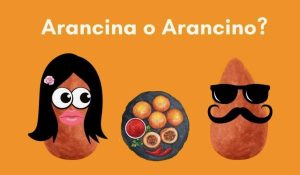
The Etymology: arancina or arancino?
Before diving further into this delicacy, let’s take a look at how this tasty street-food should be named. The term “arancina” is inspired by the orange, the golden, juicy fruit that the Arabs brought to the island during their rule. So, we imagine these crispy rice balls, with their round shape and golden color, resembling small oranges ready to be bitten into. A simple but brilliant idea that gave birth to one of the most beloved dishes in Sicilian cuisine.
But the story doesn’t end here! In Sicily, there isn’t just one way to call them, which sparks a lively and sometimes heated debate between the Palermitan “arancina” and the Catanese “arancino.” In fact, the use of both terms is varied across Sicily. “Arancina” is common not only in Palermo, but also in Trapani, Agrigento, and even in some eastern areas like Ragusa and Syracuse. Similarly, “arancino” isn’t exclusive to the Catania area, but is also used in other parts of the island.
The well-known and captivating Sicilian writer Gaetano Basile argues that the name should be feminine, as it derives from the fruit “arancia,” which is feminine in Italian. However, many oppose this theory, pointing out that the term originates from the Sicilian dialect, not from Italian. Supporting this, the Sicilian-Italian dictionary from 1857 lists the word “arancino,” corresponding to “arancio,” the masculine form of the fruit in Sicilian, inherited from Vulgar Latin.
Despite the debate, both terms are grammatically correct in Sicilian, and the Accademia della Crusca has officially approved both versions.
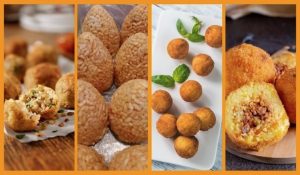
Sicilian Cuisine and the History of the Arancina
The history of Sicilian arancine is like a grand culinary adventure, without a true inventor but with a long and fascinating evolution. It all began during the Arab rule in Sicily (827-1091), when the island was infused with many cultural and culinary influences. The Arabs brought with them spices and saffron, and as is well known, they were accustomed to preparing a delicious rice timbale served at their grand banquets. This dish, seasoned with lamb and vegetables, was eaten by hand, much like we enjoy arancine today.
The story continues with a true revolution brought by Frederick II of Swabia, a young and brilliant Sicilian king who invented breading. This technique not only preserved the rice and filling better but also made the dish ideal for transport, perfect for enjoying during hunting trips or while working in the fields.
There’s also an explanation behind the iconic shape of the delightful arancina. In Catania, they proudly claim to have invented one of the most fascinating variations of arancine. Here, the pointed top is not just an aesthetic feature but a tribute to Mount Etna, the majestic volcano that dominates the landscape. The pointed shape of the arancino serves as a culinary homage to the natural strength and beauty of the region, making every bite a journey into the culture and history of Catania.
As time went by, arancine evolved, embracing new flavors like ragù, which is now one of the main ingredients. Thus, what started as a simple rice ball has transformed into an iconic dish of Sicilian cuisine.
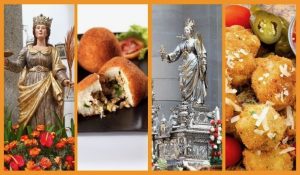
Arancine and the Traditions Associated with Them
As we know, Sicily is rich in culture, so let’s take a look at how different regions of the island incorporate this delicious rice timbale into their celebrations.
Every December 13th, Palermo transforms into a vibrant culinary event to celebrate Santa Lucia. On this special day, tradition dictates that people refrain from eating flour-based foods and instead indulge in irresistible arancine in all their forms and variations, accompanied by the traditional “cuccìa“, a typical sweet made with boiled wheat and sheep ricotta or white or chocolate cream. It’s a true festival of flavor: you can savor classic ragù arancine with peas and carrots, butter arancine filled with mozzarella and ham, and even spinach ones—some have even started filling them with salmon! Each bite is prepared with passion and creativity, turning the city into a celebration of tastes and tradition.
In Catania, arancine take on a local twist with specialties like the Catanese arancino, rich in eggplant, and the pistachio arancino from Bronte. But that’s not all! In other areas of Sicily, arancine are subject to experimentation with unique ingredients such as mushrooms, sausage, chicken, swordfish, and even cuttlefish ink. And when the feast of Santa Lucia arrives, they transform into sweet delights: cocoa arancine, coated in sugar, gianduia cream, and chocolate, bringing joy to Palermo and Modica, especially during the famous chocolate festival. Here, arancine never fail to surprise and delight.

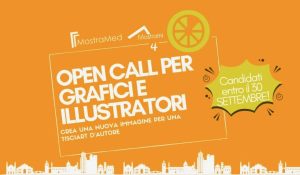
Arancine: How Indulgence Inspires Artwork
As one of the iconic foods of Sicily, arancine not only delight our taste buds but also inspire the artistic vision of creatives both on the island and beyond. The richness of the arancina, combined with its history, seems to have inspired the design of the local clothing brand in Palermo, Sicooli. This brand merges iconic symbolism and tradition with an artistic touch to promote the island’s beauty.
It is from this fusion of tradition and art that the collaboration between Sicooli, MostraMed, and Mostrami emerges, launching an artistic call for young graphic designers and illustrators under 40. In this initiative, artists are invited to depict the story and energy of the Ballarò market, one of the beating hearts of Palermo, through an illustration that captures the authenticity of this historic neighborhood—right where arancine are produced, sold, and consumed in abundance! The selected works will adorn a T-shirt from Sicooli’s “Tisciart” collection. Not only will artists showcase their talent, but they will also have the chance to win exciting prizes, with a deadline set for September 30, 2024.
From Palermo to Catania, and throughout Italy, each bite of arancine is a small journey through flavors, creativity, and love for the Sicilian territory. Whether enjoyed during a celebration or on the go, these delicacies continue to tell ancient and modern stories, making each taste an unforgettable journey through the wonders of Sicilian cuisine.
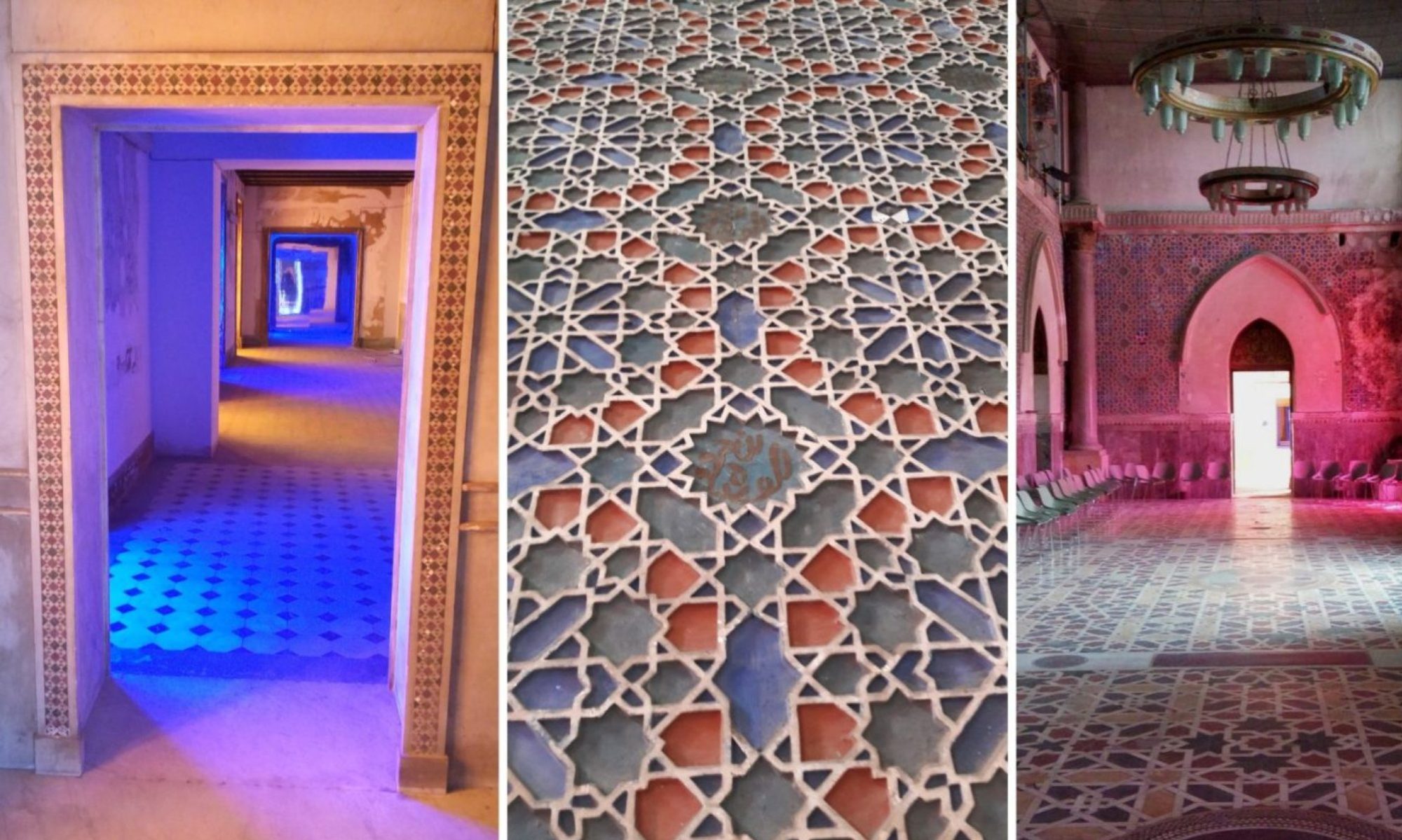
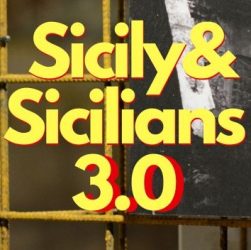
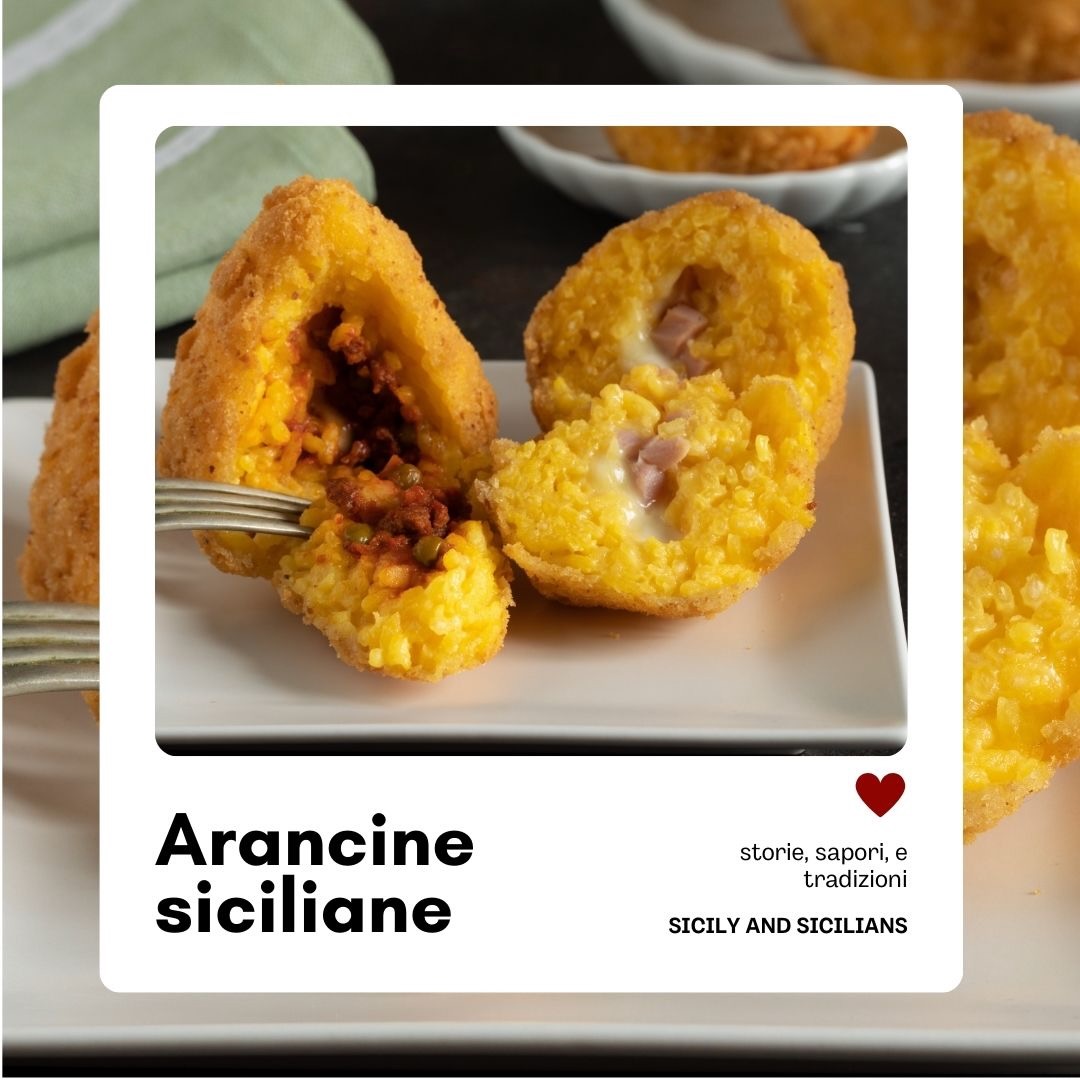
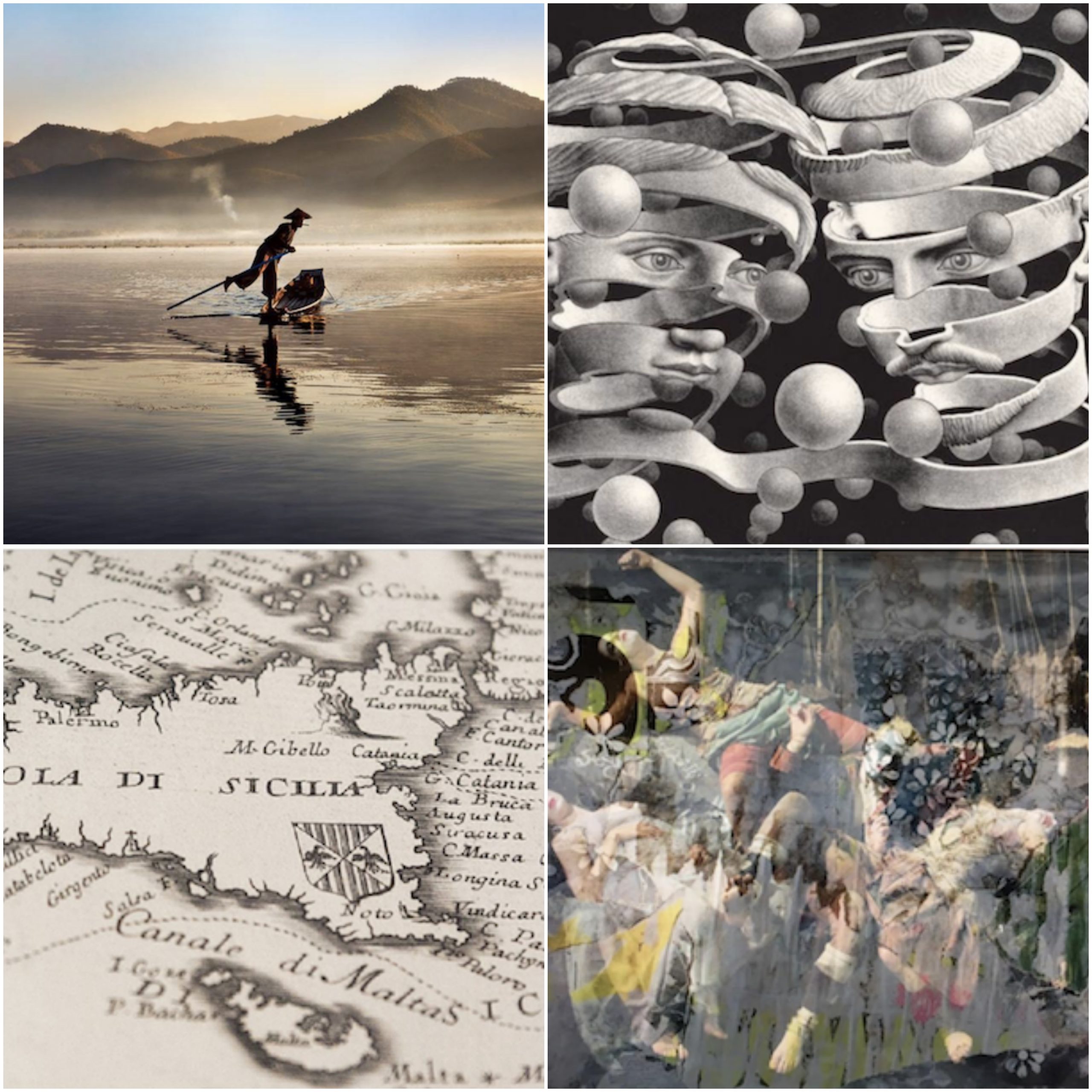
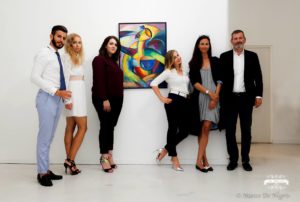
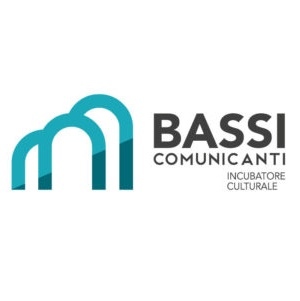
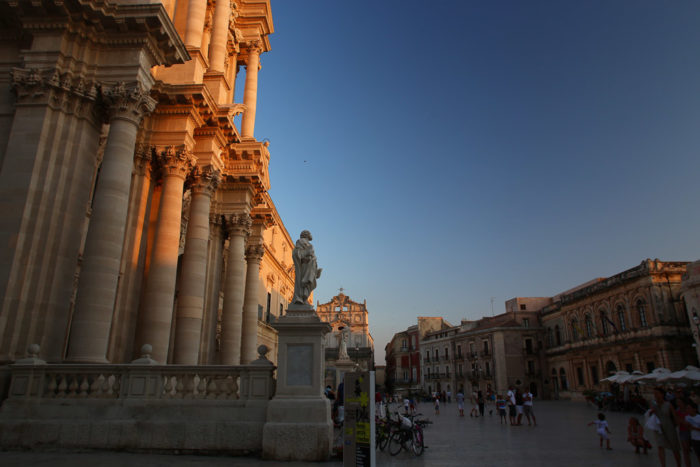

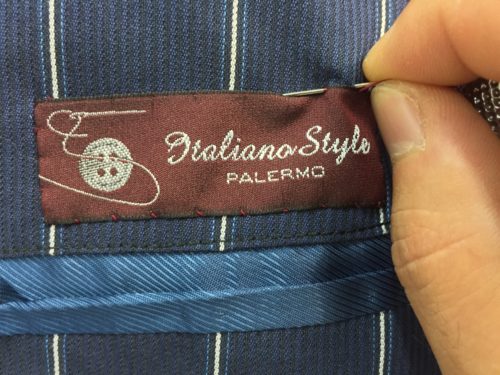
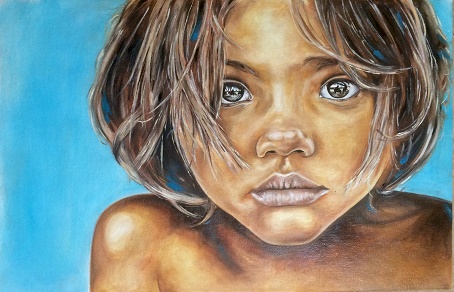
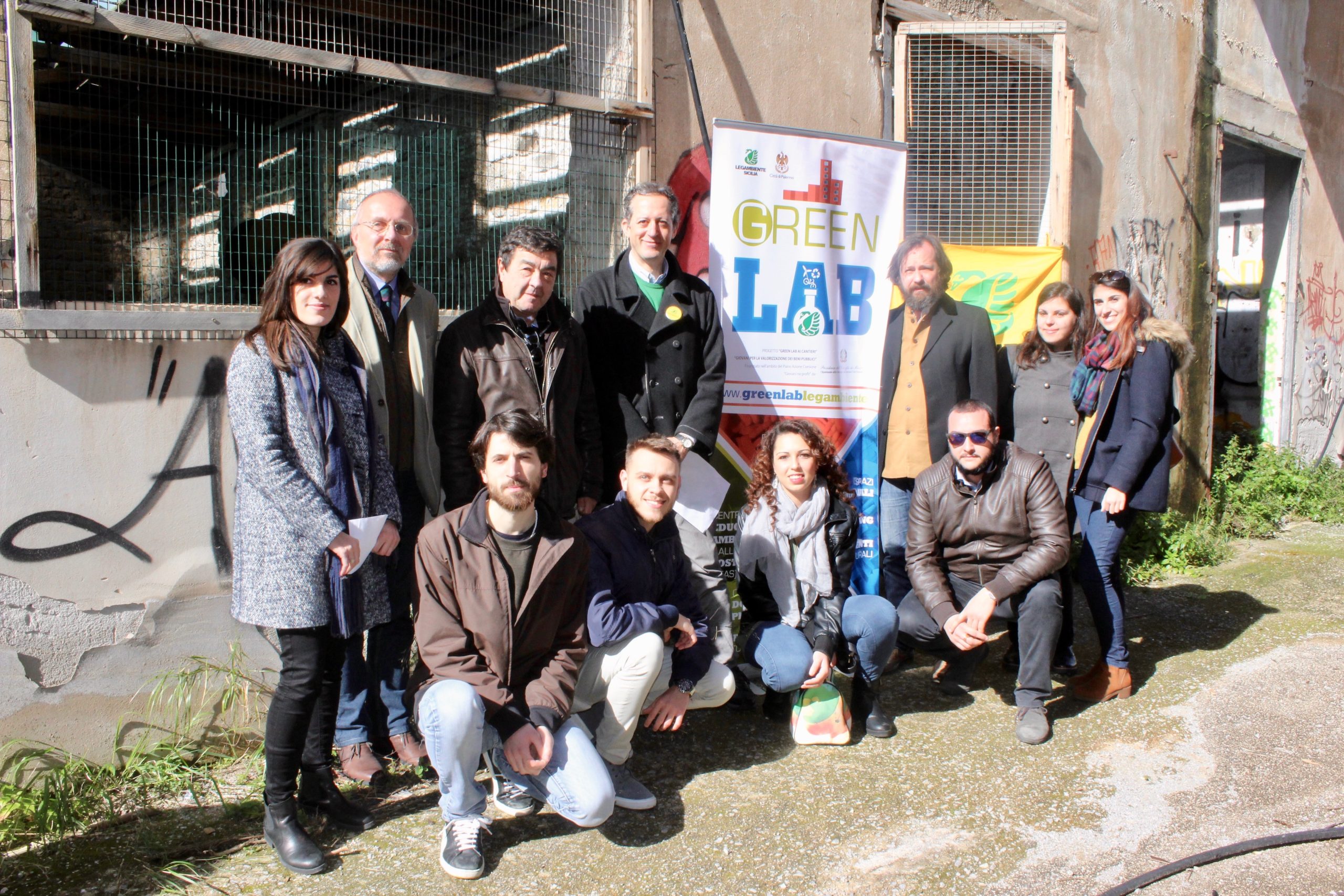
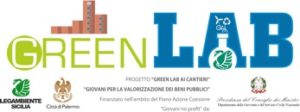 A new project by
A new project by 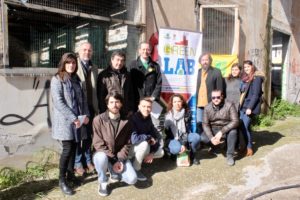
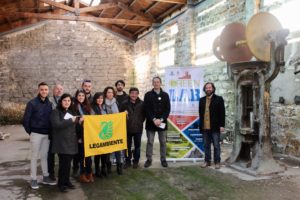 public meetings, workshops and seminars, a Center for Environmental Education and Sustainability and workshops for children and a space intended to co-working for the sharing of expertise and skills towards economic and sustainable management of working spaces and for the promotion of participatory planning.
public meetings, workshops and seminars, a Center for Environmental Education and Sustainability and workshops for children and a space intended to co-working for the sharing of expertise and skills towards economic and sustainable management of working spaces and for the promotion of participatory planning.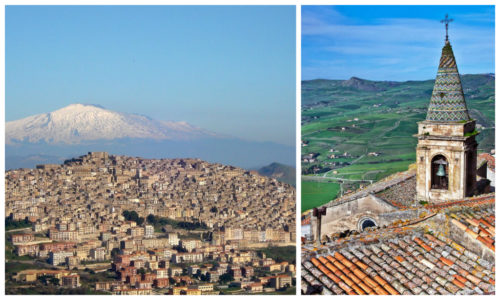
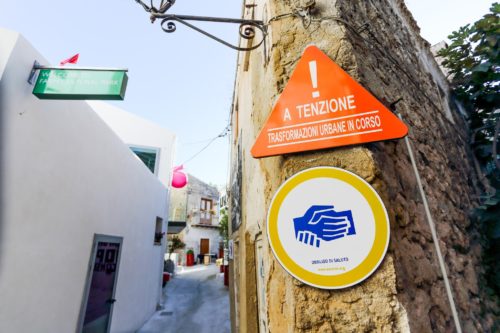
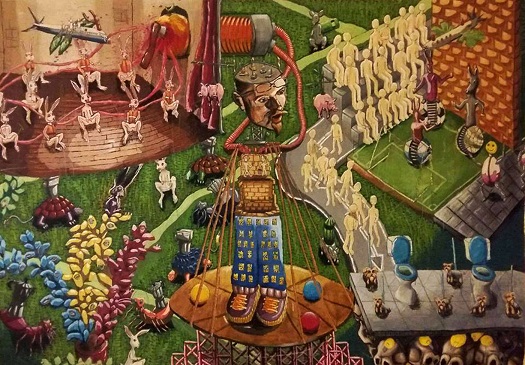
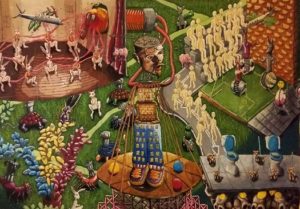 ente alla sperimentazione pittorica libera – tramite l’uso di qualsiasi materiale (grafite, pastelli, tempere, pigmenti, colori ad olio, pennarelli, inchiostro ecc.) e/o tecniche e supporti (carta, cartone, tavole) -, la quale però fa da tramite per un tipo di ricerca atta a creare sempre nuove soluzioni e “alfabeti”, in una continua evoluzione stilistica, che caratterizza l’artista emergente.
ente alla sperimentazione pittorica libera – tramite l’uso di qualsiasi materiale (grafite, pastelli, tempere, pigmenti, colori ad olio, pennarelli, inchiostro ecc.) e/o tecniche e supporti (carta, cartone, tavole) -, la quale però fa da tramite per un tipo di ricerca atta a creare sempre nuove soluzioni e “alfabeti”, in una continua evoluzione stilistica, che caratterizza l’artista emergente.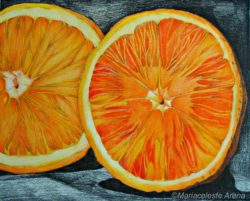
 Mariaceleste Arena disegna da quando era bambina, ha continuato quando frequentava al Liceo artistico e continua a farlo
Mariaceleste Arena disegna da quando era bambina, ha continuato quando frequentava al Liceo artistico e continua a farlo